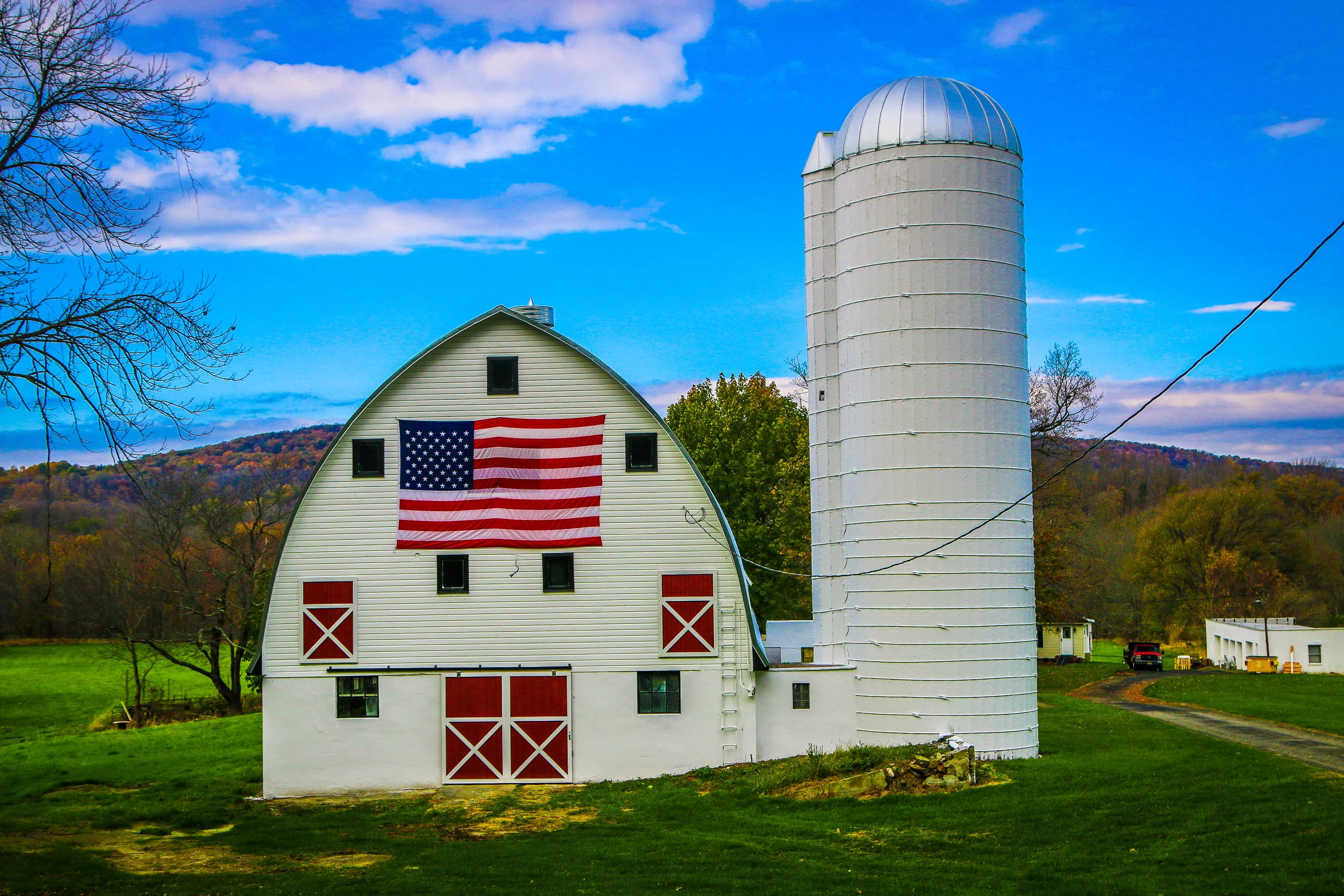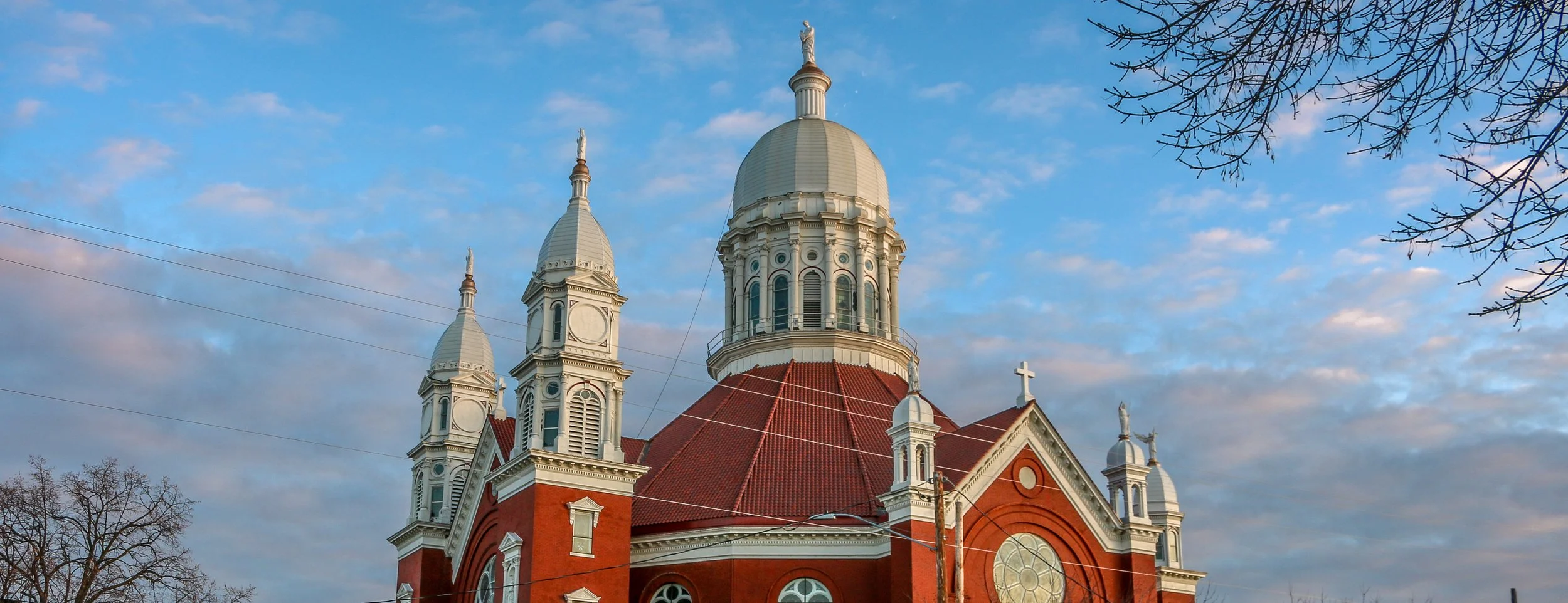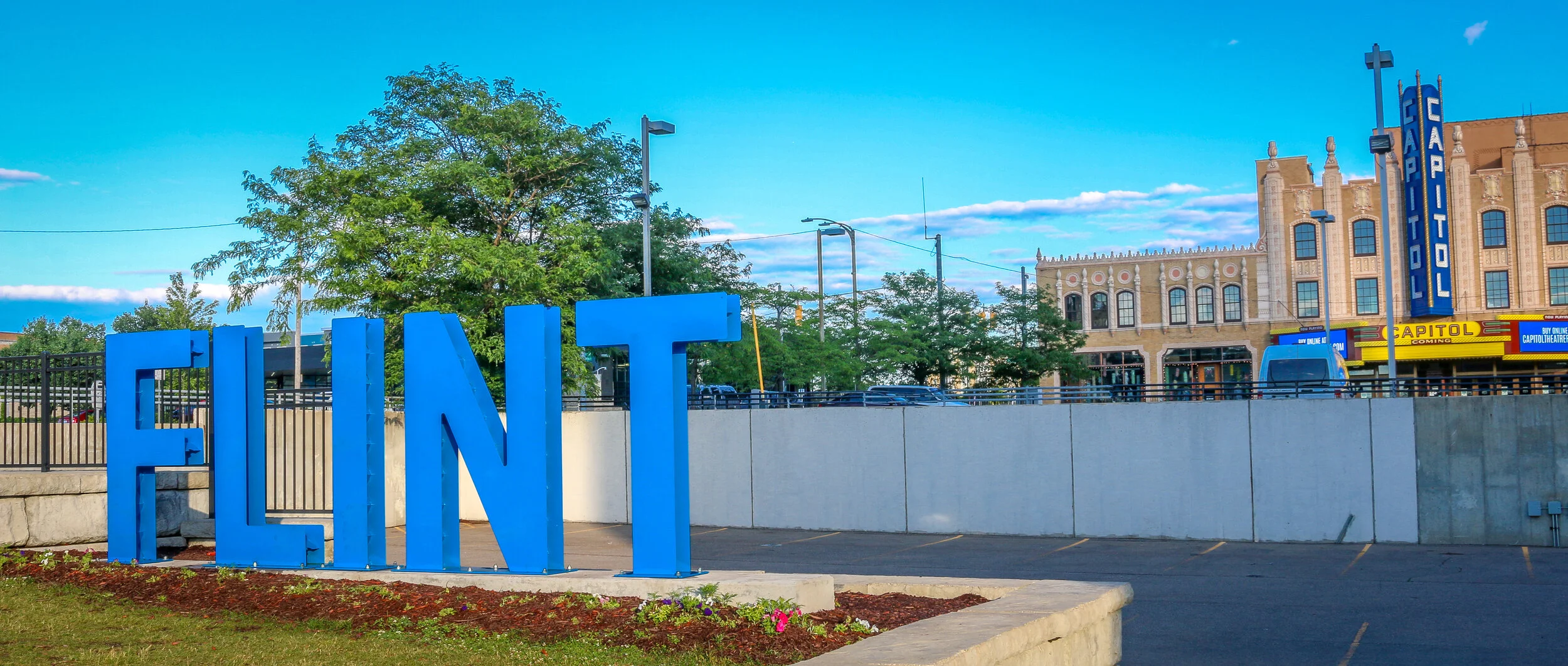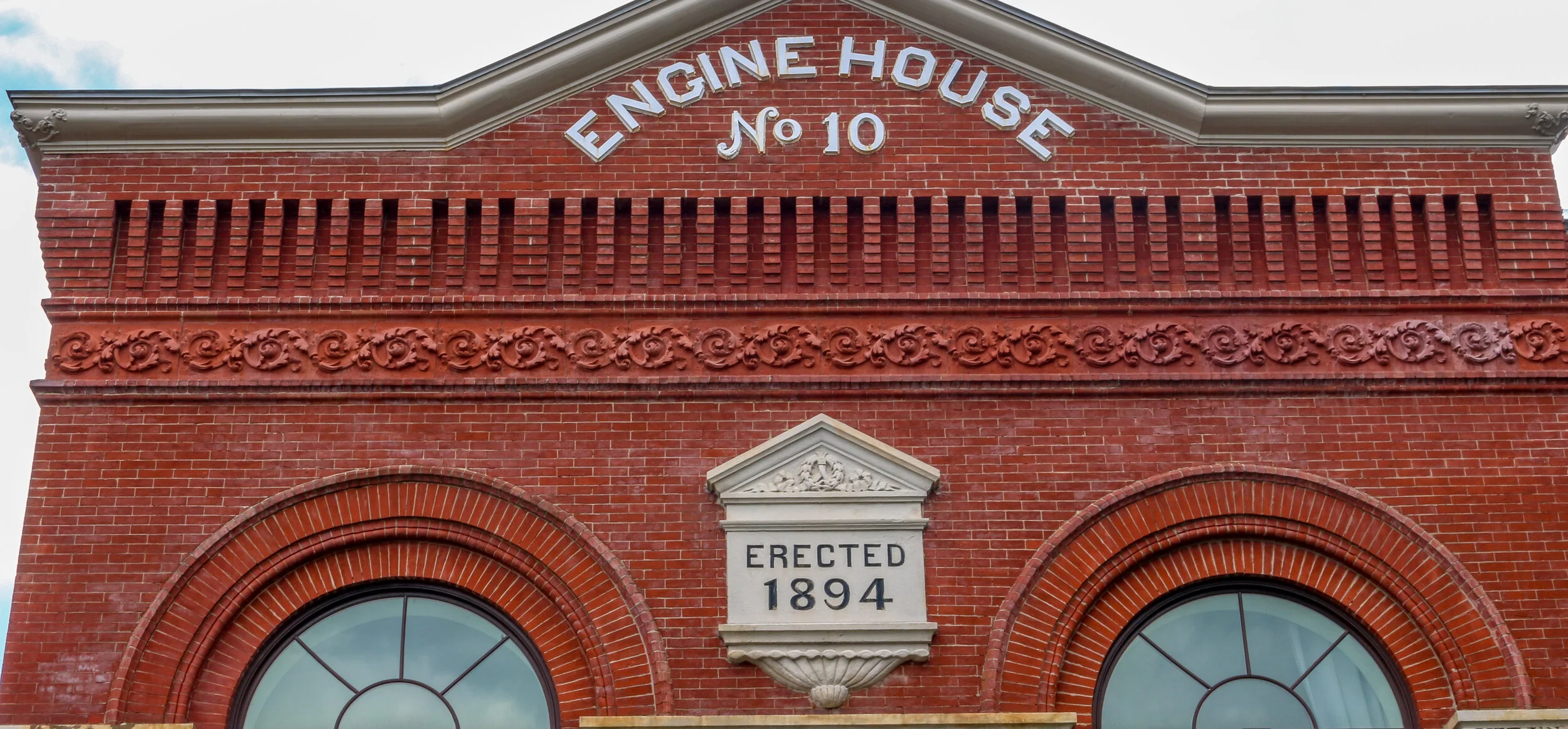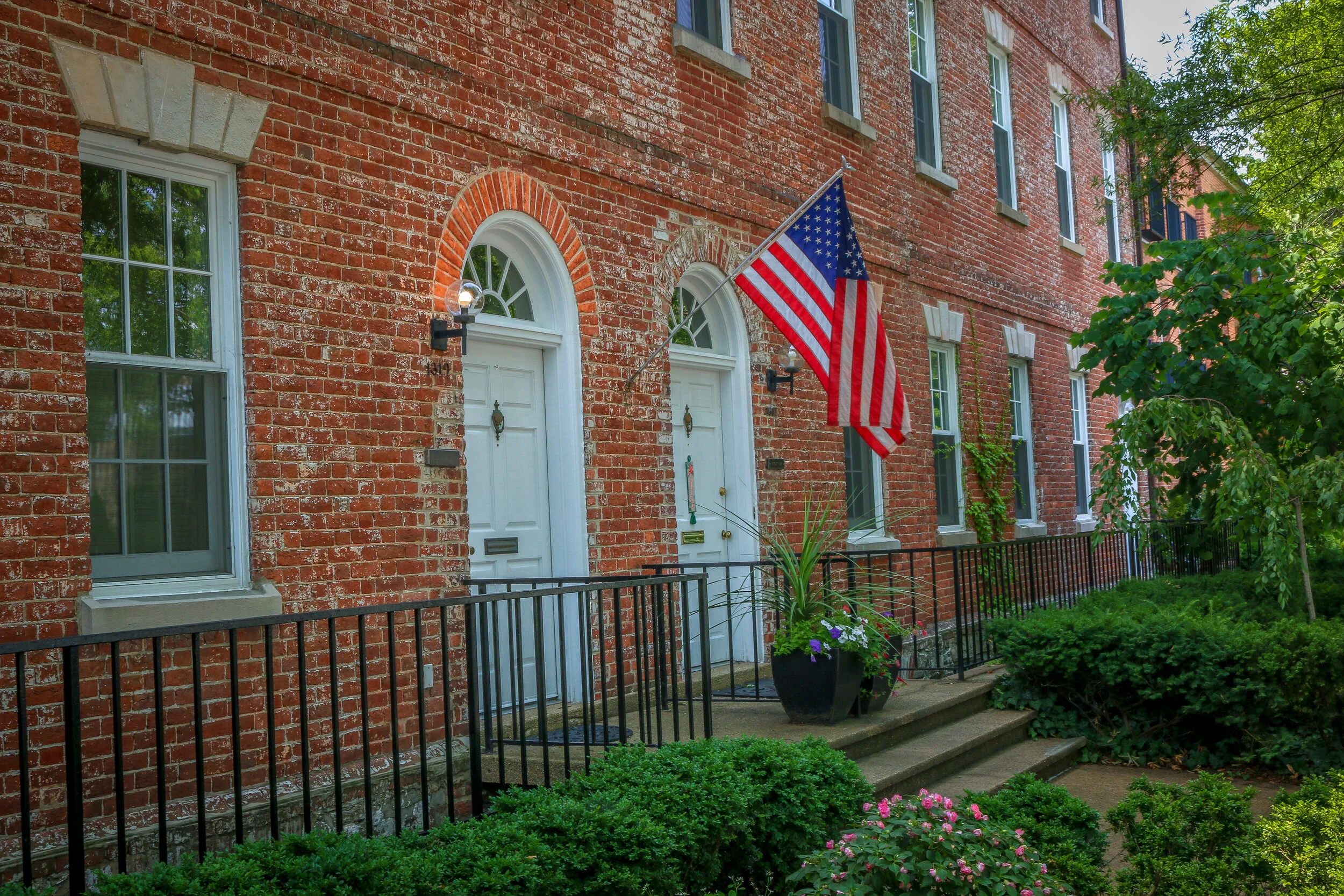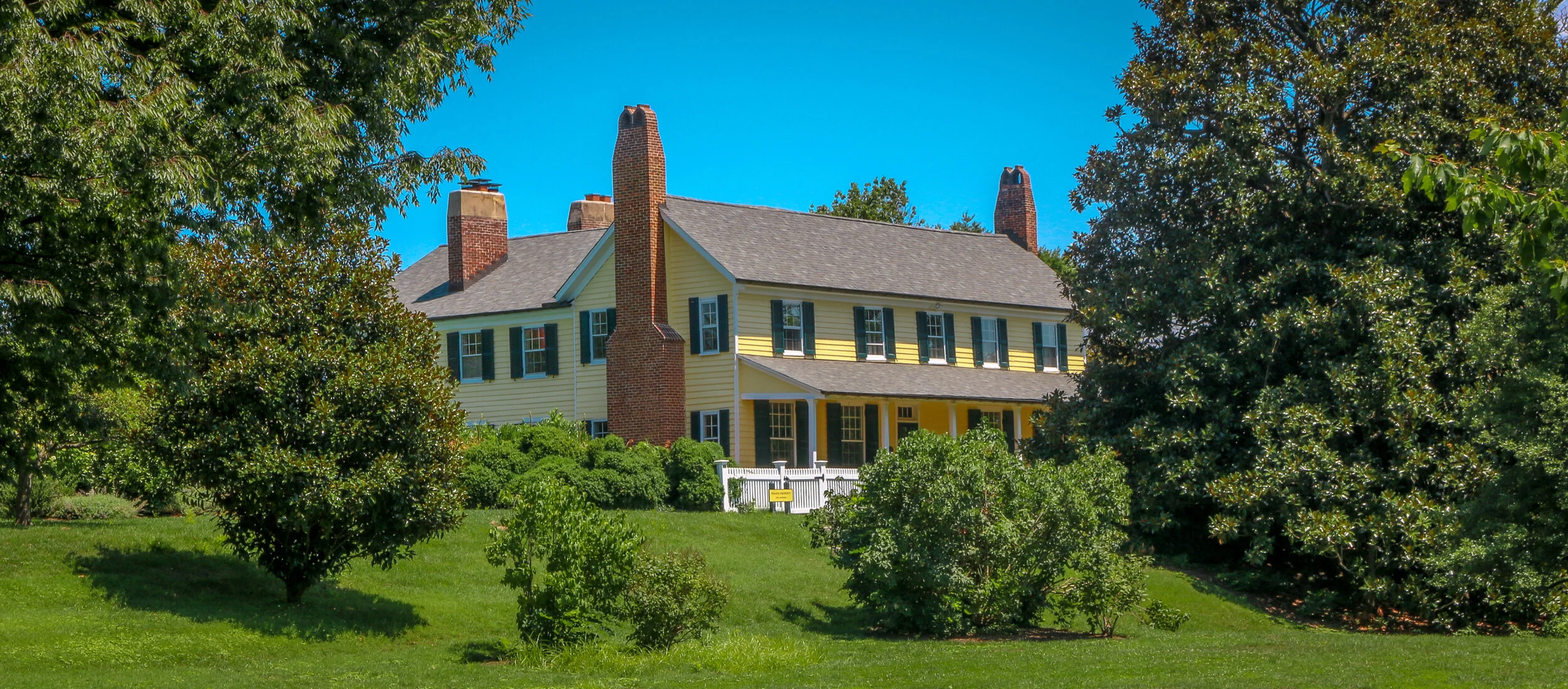“The Original Las Vegas” was founded along the Galinas River in 1835 in the midst of Mexican rule in the area and quickly grew as a popular stop on the Santa Fe Trail. It was on the Plaza in Las Vegas where Stephen Watts Kearny claimed New Mexico for the United States during the Mexican-American War in 1846. In 1879, the Atchison, Topeka and Santa Fe Railroad came to Las Vegas and the town quickly grew into one of the largest in the region. The New Mexico Normal School (now Highlands University) was established in 1893 and Fred Harvey built the Castañeda Hotel in 1898 as part of his hospitality empire in the southwest. Las Vegas hosted Teddy Roosevelt’s Rough Riders’ first reunion in 1899, a tradition that continued for many years. In more recent years, Las Vegas has been the filming location for many movies including No Country For Old Men, Wyatt Earp (with Kevin Costner), and perhaps most notably for me, Red Dawn where it served as the fictional town of Calamut (the massive “Calamut Says Howdy” mural is still a prominent feature downtown). I found Las Vegas to be a quiet, charming University town with some spectacular architecture, fascinating history and friendly people. It may be the “other Las Vegas”, but it’s a town not to be missed on your travels in New Mexico. I hope you enjoy these photos from wonderful Las Vegas, New Mexico.
Viewing entries in
city
Winona was my last stop during my six week stay in Minnesota. This small city with a population of about 26,000 is right on the Mississippi River and the Great River Road in the far southeast of the state. This land was once home to the Mdewakanton Band of Lakota Indians and is named for the first-born daughter of Chief Wabasha III. Originally settled in 1851, Winona grew to be a major rail and steamboat town with wheat and lumber playing a major role as well. Today, there are some great old buildings lining the streets and the St. Stanislaus Basilica is one of the most beautiful churches in the state if not the country. I also enjoyed a stop in the Historic Society museum located in the old armory and the beautiful stained glass windows at Merchants National Bank. I wasn’t in Winona long as it was time for me to be heading on down the road, but I hope you enjoy these few photos from my stay.
Red Wing was definitely one of the nicest towns I visited during my entire stay in Minnesota. It’s a beautiful historic city of about 16.000 right on the Mississippi River and the Great River Road. Before European settlement, this was Dakota territory and the town takes its name from Mdewakanton Dakota leader Tatankamani, whom Europeans referred to as “Red Wing”. As settlers came west, the Mississippi River was a major transportation corridor, and many people disembarked at Red Wing to begin their new lives on the frontier. A town sprang up and early industries included mills and tanneries. In 1905, Charles Beckman began crafting leather work shoes for the miners, loggers and farmers in the region, and Red Wing Shoes was born. Red Wing Shoes is still headquartered in the town and many of their brands are still produced there, contributing heavily to the local economy. Red Wing has some beautiful, historic architecture and many wonderful art displays around town. While I was there on an overcast, fall day I still found the city to be charming and extremely photogenic. It’s definitely a town I will return to in the future. I hope you enjoy these photos from beautiful Red Wing, Minnesota, an historic town on the banks of the mighty Mississippi River.
Battle Creek was home to the Potawatomi people long before white settlers arrived in the 1820s. The completion of the Erie Canal brought a wave of people into Michigan seeking work in the lumber industry and the town of Battle Creek was formally established in 1839. During the antebellum period, Battle Creek served as a minor but frequent stop on the Underground Railroad and in 1857 abolitionist Sojourner Truth chose it as her new home where she would live until her death in 1883. In the late 19th Century, the Battle Creek Sanitarium opened as a health resort for the rich and famous. Some of its more famous guests were President Warren G. Harding, Mary Todd Lincoln, Thomas Edison, Amelia Earhart and Henry Ford. The manager of the Sanitarium was Dr. John Harvey Kellogg whose brother William also worked there. I’ve read several accounts of how they accidentally created their now-famous corn flakes, but however it happened, they were a hit. A lesser known guest at the Sanitarium, C.W. Post, took the cereal idea and ran with it, setting up his own Post Cereal empire in Battle Creek. Between Post and Kellogg’s, Battle Creek has taken the nickname Breakfast Capital of the World, or, less seriously, Cereal City. Because these two successful brands still call Battle Creek home, the city looks great. The downtown area is vibrant and full of unique artistic flourishes and beautiful murals. There is a wonderful walking path along Battle Creek River and some great bars and restaurants around as well. Although it was quiet when I was there, I really enjoyed my visit to Battle Creek and I hope you enjoy these photos from Cereal City.
Michigan became a state in 1837 with its Capital City in Detroit. At some point in the 1840s, a debate grew over the vulnerability of Detroit which sits right across the lake from Canada and had been occupied in the War of 1812. Many cities vied for the seat of government, and the compromise was to build a new Capital City at a strategic inland crossroads. The area, known as Lansing, was renamed Michigan City, but the original name would be restored the following year. A two story wooden structure with a tin roof was built to house the state legislature and would serve as the State Capitol for for over 20 years. Finally, in the 1870s, construction on the current Capitol was begun. Elijah Meyers was chosen as the architect and he modeled the building after the U.S. Capitol in Washington. Meyers would go on to design the Colorado and Texas Capitols as well. The building opened in 1879. A hundred years later, people were calling to pull down the old building and replace it with a modern structure like they tragically did in Louisiana, Florida and elsewhere. Thankfully, that did not happen and instead a major, top-to-bottom restoration took place. The meticulous restoration even brought in artists to hand-paint all of the walls as had been done in the original design. The result is really quite something. The Michigan State Capitol is beautiful inside and out, and I was very fortunate to get a personal tour with the building’s lead guide. I hope you enjoy this look inside the beautiful Michigan State Capitol in Lansing.
All I knew about Flint when I arrived, I learned from Michael Moore's 1989 documentary Roger and Me. That and not to drink the water. Some people warned me not to go. What I found was a vibrant, clean city with an interesting past and a bright future.
In 1819, Jacob Smith established a small trading post on the Flint River. It grew quickly and become a convenient stopover on the route between Detroit and Saginaw. By 1860 the population had grown to 20,000 and Flint’s major industry, like most of the region, was lumber. In the late 19th Century, Flint became a major producer of carriages which paved the way for its entrance into the automotive market a few decades later. General Motors was founded in Flint in 1908 and would grow along with the city for many years. When GM started pulling out of Flint in 1978, the population began to drop and crime and poverty, which always go hand-in-hand, began to rise. For several years, Flint was considered one of the most dangerous cities in the country. The recent water contamination issues have led to Flint once again being in the spotlight for less than ideal reasons.
During my visit, I found a city that wasn’t ready to throw in the towel just yet. Flint has fought back against its bad reputation and taken serious steps to beautify its downtown and move the city forward. I found a vibrant Farmer’s Market, beautiful murals throughout the city, some great historical markers and statues (through a partnership with the National Park Service), and some great bars, restaurants and breweries. It was quiet when I was there, but I saw exercise classes going on in the park and some kind of jogging/scavenger hunt which looked like a lot of fun. While it was frustrating for me that their main museums were closed, they were closed for renovations and promise to come back next year better than ever. I was only in Flint for two days, but I’m certainly glad I stopped for a look. If you’re ever in the area, drop in and see what’s new in Vehicle City. You might be surprised by what you find there. I Hope you enjoy these photos from downtown Flint.
Detroit’s Eastern Market is a wonderful place. The central open-air market is only open Tuesdays and Saturdays, and market days are obviously the busiest time to be there, but the neighborhood surrounding the market is a vibrant place full of old buildings, shops, restaurants and stunning murals. I visited on a Saturday and the whole place was buzzing. There were buildings full of flowers, fresh fruits and vegetables, meat, seafood, nuts and some arts and crafts as well. Wandering the surrounding neighborhood, I found live music, packed outdoor patios and even a wedding at the beautiful St. Joseph’s Oratory Cathedral. The people visiting the market was an incredibly diverse mix from all corners of the city and all over the world. If you’re in Detroit on a Tuesday or Saturday, definitely head out to Eastern Market. You’ll be glad you did. If you can’t make it there, I hope these photos will give you a little taste of what it’s like. Enjoy.
For all of you who celebrate the day, I’d like to wish you a very Merry Christmas from my family to yours. May it be a day of peace, joy and happiness for you all and for everyone, everywhere. -Mike
I grew up a block away from a firehouse, Engine Company #31, here in Northwest Washington D.C. When you grow up that close to an active station, sirens and horns are a part of your everyday existence. It becomes a part of you. Perhaps for that reason, I’ve always had a thing for old firehouses, and in this post I’ve set out to see some of the classic ones my city has to offer.
The Vigilant Firehouse in Georgetown, which was built in 1844 for a private fire company founded in 1817, is Washington D.C.’s oldest standing firehouse, although it hasn’t been in service since 1883. Most of the city’s early fire departments were private companies usually staffed by volunteers. It wasn’t until 1871 that Washington created a city-wide professional fire department. Over the last 150 years, many beautiful and sometimes ornate firehouses have been built across the city. In more recent years, some of the old ones have been retired and flashy modern stations have taken their places. While this is a good thing for those brave men and women who work in the field as they need and deserve modern equipment and facilities, it is still sad to see some of the old firehouses retired. Some have found new life as gyms, restaurants, churches and even apartment houses and condominiums while others sit quietly empty, fading into the cityscape. In this post I’ve tried to capture some of the classic firehouses of Washington and some of the small details which caught my eye when I visited. These old firehouses are from every corner of the city and I really enjoyed tracking them down to shoot this spread. I’d love to hear your memories of any of these old houses or to go find any I may have missed. Please comment in the section below. Many thanks to all of our wonderful D.C. firefighters, and to firefighters everywhere for your amazing and selfless dedication to the communities you serve.
Unlike most of the other properties I’ve featured in this series, Wheat Row hasn’t had any really famous residents. Nor has it hosted presidents or had any major historical events take place within its halls. If anything, it is reminiscent of how the regular people lived in the early days of Washington D.C. - just a common set of row houses set along an ordinary street.
The four connected townhouses which make up Wheat Row were built around 1794 and designed by architect William Lovering, whose architecture has featured prominently in this series so far. Even when they were built, the Georgian architectural style was considered out of date. People found the houses “small and poorly constructed of inferior materials”, and yet there they stand, 225 years later.
Wheat Row takes its name from one of its early residents, John Wheat, who lived in 1315 as early as 1819. Wheat was a local designer of gardens in the city and was listed in one census as a congressional messenger. He would later purchase 1319 and 1321 as well and his family lived along Wheat Row until a few years after the Civil War.
This post shares photos and a brief history of the Thomas Law House in Southwest Washington D.C.
The Thomas Law House was built between 1794 and 1796. It was designed by architect William Lovering who is credited with the design of several other properties which will be featured later in this series including The Octagon House, Wheat Row and the Duncannon-Cranch House. Thomas Law, formerly of the British East India Company, had recently immigrated to the United States with two of his three illegitimate sons born from his Indian mistress. He met and married Elizabeth Parke Custis, who was twenty years his junior, in 1796 and the couple moved into this newly built home which was then dubbed “Honeymoon House”. Elizabeth Parke Custis was the eldest granddaughter of Martha Washington from her first marriage. Elizabeth’s brother was George Washington Parke Custis, the builder of Arlington House (the Custis-Lee Mansion) and the father of Mary Anne Randolph Custis who would marry Robert E. Lee. Thomas and Elizabeth would live in this beautiful Federal Style home for only about five months before moving to a new home which was then under construction. They would divorce in 1811.
From 1814-1827, this house was occupied by Richard Bland Lee, brother of Henry “Lighthorse Harry” Lee and uncle of Robert E. Lee. Richard was the second cousin of Thomas Sim Lee, whose winter house in Georgetown was featured earlier in this series. Richard had served as a U.S. Representative from Virginia in the very first session of congress and had helped negotiate the Compromise of 1890 which established the Capital City of Washington D.C. He served three terms in congress and then returned to his family’s tobacco plantation – Sully – in Chantilly, Virginia. Financial hardships in the family eventually forced the sale of Sully after which Richard and his wife moved to the Thomas Law House. Richard would serve under President James Madison as a commissioner charged with helping rebuild the city after the War of 1812 and would later be appointed as a judge by James Monroe. He lived in this home until his death in 1827.
This post shares photos and a brief history of Rosedale in Cleveland Park in Washington D.C.
The area we now call Cleveland Park was once part of a massive 800 acre estate owned by Colonel Ninian Beall. After Beall’s death in 1717, his property was divided among his 12 children and a tract of it was bought by a man whose name is lost to history. This man built a small stone cottage on the property around 1740 and the estate was known as Pretty Prospects. In 1793, the property was acquired by General Uriah Forrest, who had been the mayor of Georgetown and was at that time serving in the U.S. House of Representatives. Forrest had a large wood-framed house built onto the front of the stone cottage and renamed the property Rosedale. Rosedale was the Forrest family’s country estate which they built while living in the Forrest-Marbury House in Georgetown (read about that house HERE).
General Forrest was a prominent citizen of early Washington D.C. and Rosedale played host to many important people including President John Adams. Forrest himself would die in the front parlor of the house in 1805. Rosedale remained in the family until 1917 when it was rented by the Coonley family.

